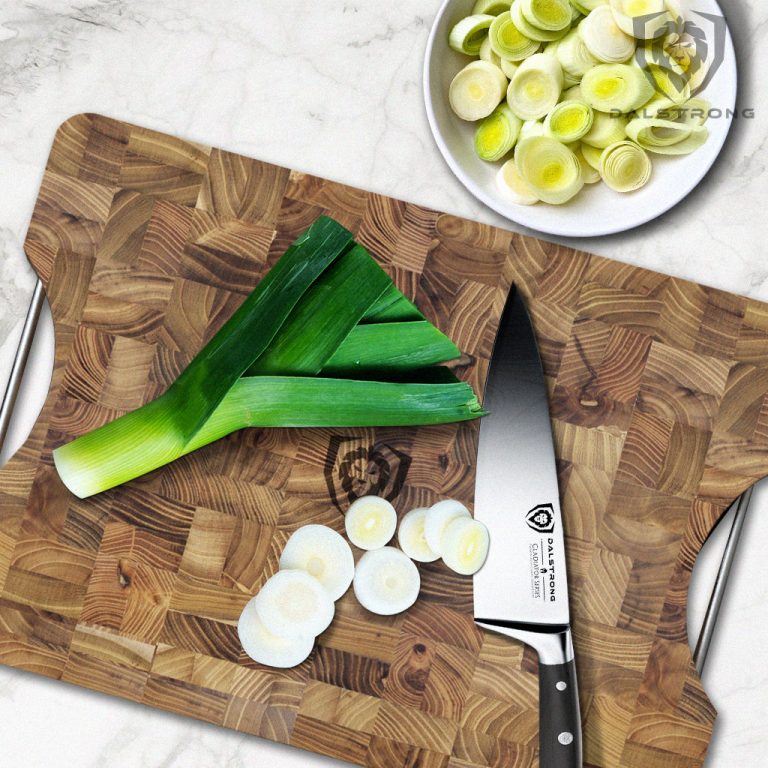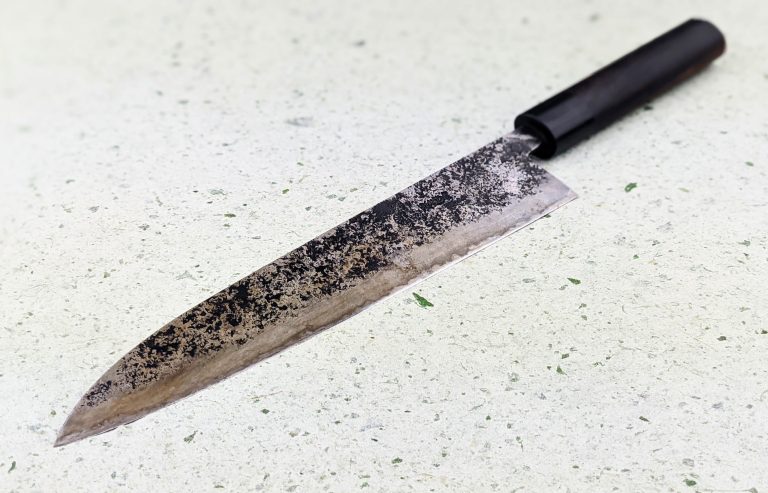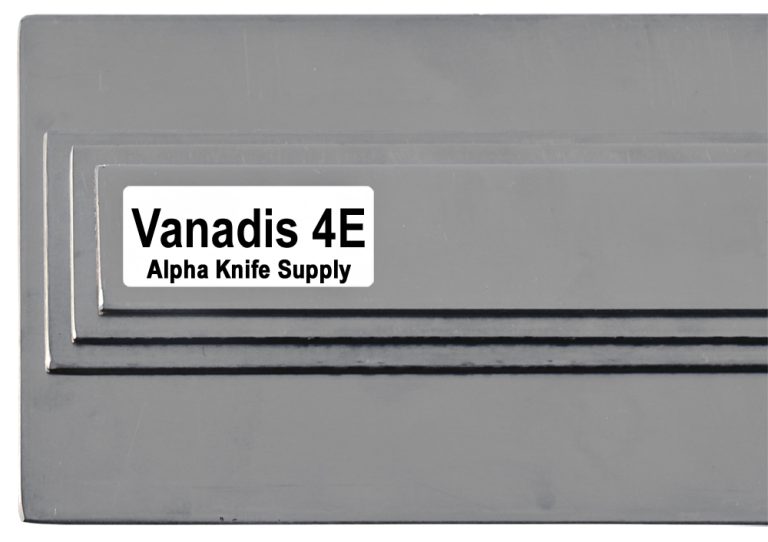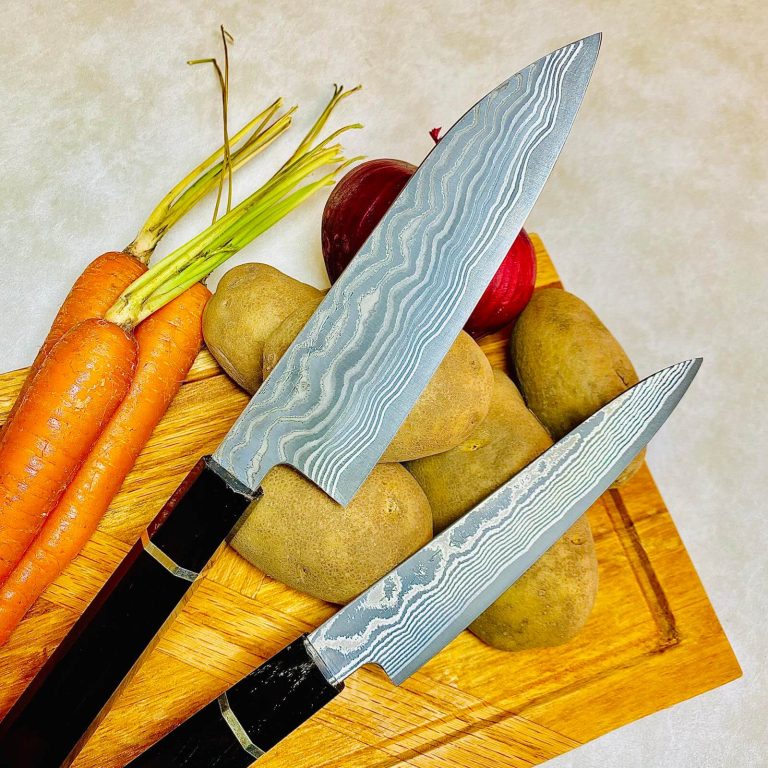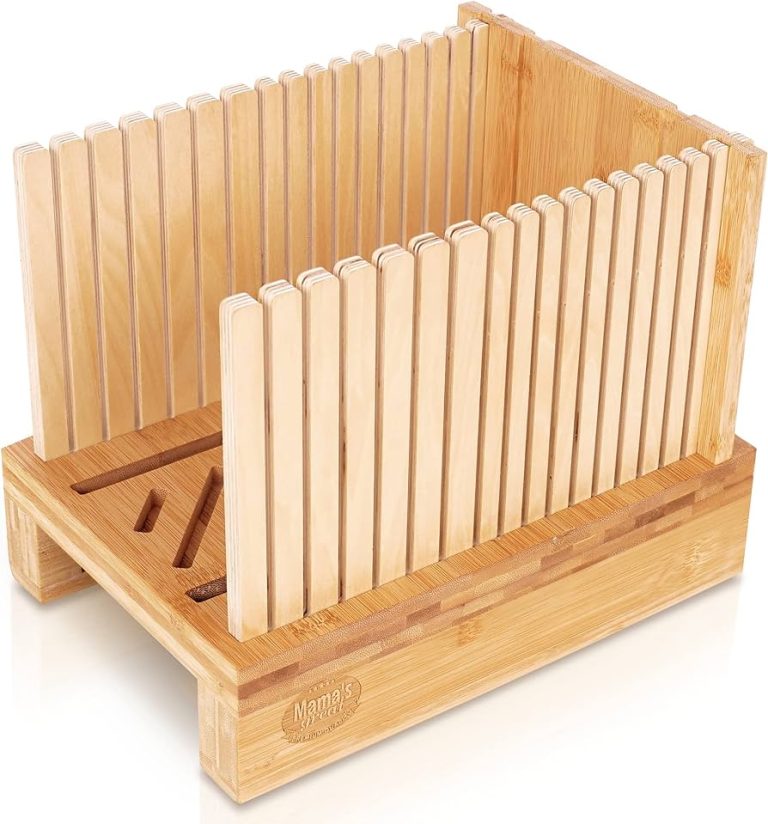Knife Sharpening Techniques Every Hunter Should Know
Knife sharpening techniques every hunter should know are essential for maintaining the effectiveness and longevity of their tools. By using the correct sharpening methods, hunters can ensure that their knives remain sharp and ready for use in the field.
Proper knife sharpening not only improves hunting efficiency but also enhances safety during skinning, dressing, and butchering game. We will explore some fundamental knife sharpening techniques that every hunter should be familiar with. Understanding and mastering these techniques will enable hunters to keep their knives in optimal condition, leading to better performance and a more successful hunting experience.
Let’s dive into the various methods and tips for achieving a sharp hunting knife.
Importance Of Sharp Knives In Hunting
Sharp knives are essential for every hunter. They not only enhance safety and precision during hunting but also improve game processing efficiency and reduce animal suffering. Having a sharp knife allows for clean and precise cuts, minimizing the risk of accidents or injuries. When a knife is dull, it requires more force to cut through, increasing the chances of slips and potential harm. Additionally, sharp knives enable hunters to perform tasks quickly and efficiently, as they require less effort and time to process game. This ensures that the meat stays fresh for longer periods. Furthermore, a sharp knife minimizes animal suffering by providing cleaner and more humane kills. By swiftly and effectively dispatching game, hunters can ensure a more ethical and respectful approach to hunting.
Factors Affecting Knife Sharpness
Factors affecting knife sharpness include the blade materials and hardness, sharpening techniques, and the frequency of sharpening. The type of material used in the blade determines its ability to hold an edge. Harder materials such as stainless steel or high carbon steel tend to stay sharp for longer periods.
To maintain sharpness, it’s important to use proper sharpening techniques. Different methods exist, such as using a sharpening stone, honing steel, or a tool specifically designed for knife sharpening. Each technique requires practice and knowledge to achieve optimal results.
The frequency of sharpening will depend on how frequently the knife is used. Regular usage may require sharpening after every few uses, while occasional usage may only require sharpening every few months. It’s important to pay attention to the knife’s performance and sharpen as needed to ensure continued effectiveness.
In summary, understanding these factors and implementing proper techniques can help hunters maintain a sharp knife, ensuring optimal performance in the field.
Manual Knife Sharpeners
When it comes to sharpening your hunting knife, using manual knife sharpeners is essential for maintaining a sharp blade. Two popular options are whetstones and honing rods. Whetstones are abrasive tools used to grind and sharpen the knife edge. They come in different grit levels, with lower grits being coarser and higher grits providing a finer edge. Honing rods, also known as sharpening steels, are used to realign and straighten the knife edge. It’s important to choose the right angle when using manual knife sharpeners. Sharpening angle guides can help you maintain a consistent angle while sharpening, ensuring a precise and sharp edge on your hunting knife. By investing in quality manual knife sharpeners and mastering these techniques, you can keep your hunting knife in top condition for the best performance in the field.
Electric Knife Sharpeners
Electric knife sharpeners are a convenient tool that every hunter should consider for maintaining the sharpness of their knives. These sharpeners offer several benefits. Firstly, they are incredibly efficient, saving both time and effort. With a simple push of a button, you can regain the sharpness of your hunting knives in no time. Additionally, electric sharpeners provide consistent results as they use precision grinding techniques. This ensures that your blades are uniformly sharp without any unevenness.
However, it is important to note that electric knife sharpeners also have their limitations. They are not suitable for knives with serated edges as these require a specialized sharpening method. Moreover, certain models may remove more metal from the blade, reducing its lifespan in the long run. Therefore, choosing the right electric knife sharpener is crucial for hunters.
Recommended Models for Hunters
| Model | Features | Price |
|---|---|---|
| Model A | Multiple sharpening stages Angle guides for precision Durable construction | $$ |
| Model B | Quick sharpening process Automatic blade positioning Adjustable speed settings | $$$ |
| Model C | Compact and portable User-friendly operation Sharpens various blade types | $ |
These recommended models cater specifically to the needs of hunters, providing reliable and efficient sharpening. Depending on your budget and preferences, you can find an electric knife sharpener that suits your requirements.
Professional Knife Sharpening Services
When it comes to **knife sharpening techniques**, every hunter should know how to maintain a sharp and reliable knife. While there are **professional sharpening services** available, it is essential to understand the advantages they offer and how to choose a reliable one.
**Advantages of professional sharpening** services include the expertise of skilled professionals who can restore the edge of a knife to its optimal condition. They have access to specialized tools and equipment that ensure precision and consistent results. Additionally, professional services can help extend the lifespan of a knife by properly removing any nicks, chips, or dents that may affect its performance.
When choosing a reliable sharpening service, it is crucial to consider factors such as their reputation, experience, and customer reviews. Look for professionals who specialize in knife sharpening and have a proven track record. It’s also important to inquire about the turnaround time, sharpening methods used, and any guarantees offered.

Credit: savagearms.com
Technique 1: Using A Whetstone
Knife Sharpening Techniques Every Hunter Should Know
Technique 1: Using a Whetstone
Choosing the Right Whetstone Grit
To achieve optimal results when sharpening your hunting knife, it is crucial to select the appropriate whetstone grit. Choosing the right grit depends on the condition and dullness of your blade. Coarse grits, such as 200 and 400, are ideal for repairing damaged or extremely dull edges. Medium grits, like 800 and 1000, are suitable for regular maintenance and sharpening. Fine grits, ranging from 3000 to 8000, are perfect for refining and polishing the edge, creating a razor-sharp finish. Before starting the sharpening process, ensure both the whetstone and knife are clean and dry. Apply a few drops of water or honing oil on the whetstone’s surface to create the necessary lubrication.
Prepping the Whetstone and Knife
Begin by placing the whetstone on a stable surface. Hold the knife handle firmly, placing the blade’s edge against the whetstone at a 20-degree angle. Maintaining a consistent angle is crucial for achieving an even sharpening. Use your fingers to steady the blade and apply light pressure while sliding the knife across the stone in a sweeping motion. Repeat this process several times, alternating sides to ensure an even sharpening.
Applying the Correct Sharpening Angle
Use a sharpening guide or sharpening stone holder to maintain a consistent angle throughout the sharpening process. This will help you avoid uneven edges. Holding the knife handle at a slight tilt, apply light and steady pressure while moving the blade from the base to the tip along the whetstone. Remember to keep the angle steady to achieve a sharp and durable edge.
Deburring and Testing the Edge
After sharpening, remove any burrs formed on the blade by running the tip of the knife gently along a leather strop or honing rod. This process helps refine the edge, creating a smoother cutting surface. Finally, test the sharpness of the blade by carefully slicing through a piece of paper or cardboard. If the knife glides effortlessly, you’ve achieved a sharp edge. Repeat the sharpening process as needed to maintain the blade’s performance.
Technique 2: Using An Electric Knife Sharpener
Knife sharpening is an essential skill for every hunter. When it comes to using an electric knife sharpener, proper prep is key. Firstly, ensure that both the knife and the sharpener are clean and free from debris. Then, select the appropriate sharpening stage based on the level of dullness. If the knife is very dull, begin with the coarse stage, while a moderately dull knife can be started with the medium stage. Gently run the knife through the sharpener, following the manufacturer’s instructions. Be sure to maintain a consistent angle and apply light pressure. Repeat this process on both sides of the blade for an even sharpening. Lastly, test the edge by running your thumb across it gently. If it feels smooth and sharp, the sharpening is successful. Now, you’re ready to head out on your next hunting adventure with a properly sharpened knife.
Technique 3: Honing With A Honing Rod
Honing with a honing rod is an essential knife sharpening technique that every hunter should know. Choosing the correct honing rod is crucial for effective sharpening. It is important to select a honing rod that matches the hardness and material of your knife’s blade. Holding the knife and rod properly is the key to achieving optimal results. Ensure a secure grip on both the knife and the rod to maintain control throughout the honing process.
Performing the honing technique requires precision and patience. Start by placing the honing rod on a stable surface, and position the knife at a 15 to 20-degree angle against the rod. With a consistent and gentle pressure, move the knife along the entire length of the rod in a sweeping motion. Repeat this process on both sides of the blade, alternating between each side.
To test and adjust the edge, carefully run your thumb along the blade’s edge to check for any imperfections. If necessary, repeat the honing technique until the desired sharpness is achieved. Regularly honing your knife ensures that it remains in optimal condition, enhancing its performance during hunting activities.
Conclusion
Honing your knife sharpening skills is an essential aspect of being a successful hunter. By understanding the different techniques available, you can ensure that your gear is always in optimal condition, allowing for precise and efficient cuts. Maintaining a sharp knife not only enhances your safety in the field but also improves the quality of your game processing.
Remember to choose the appropriate sharpening method based on the type of blade you have, and follow the correct steps to achieve the desired sharpness. Whether you prefer using a sharpening stone, honing rod, or a sharpening system, regular maintenance will prolong the life of your knife and ultimately enhance your hunting experience.
With these valuable techniques in your arsenal, you can confidently undertake any hunting expedition, knowing that your knife will always be razor-sharp and ready for action. (133 words)

